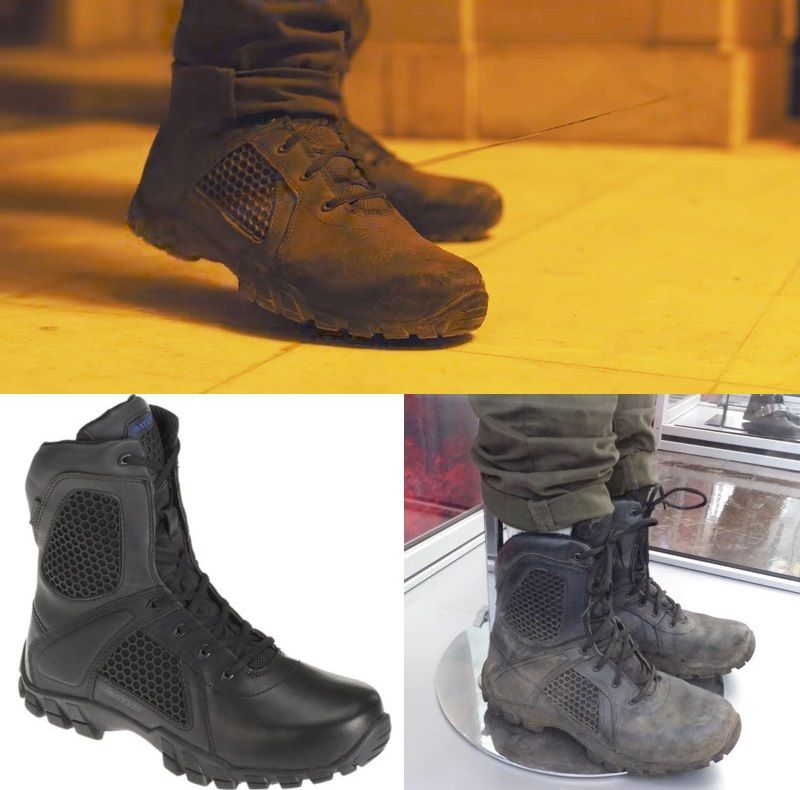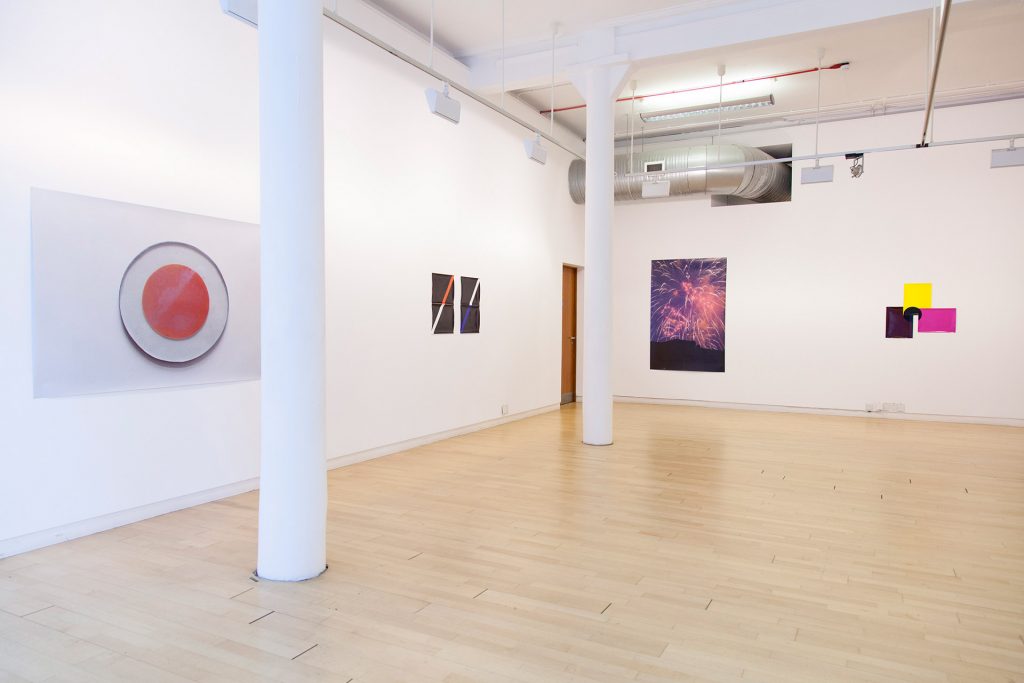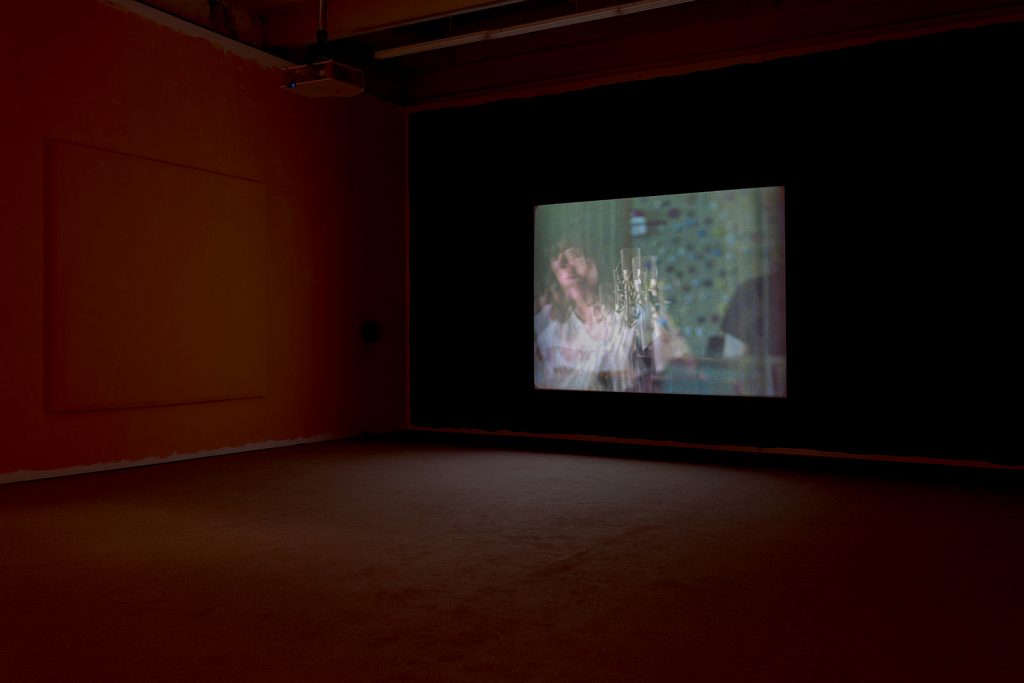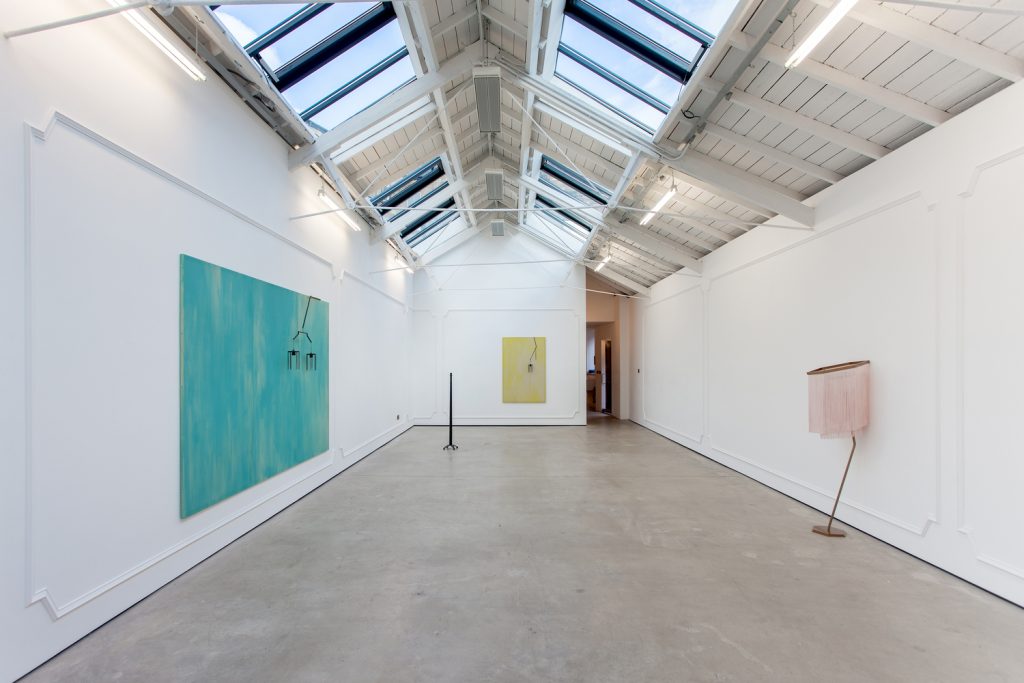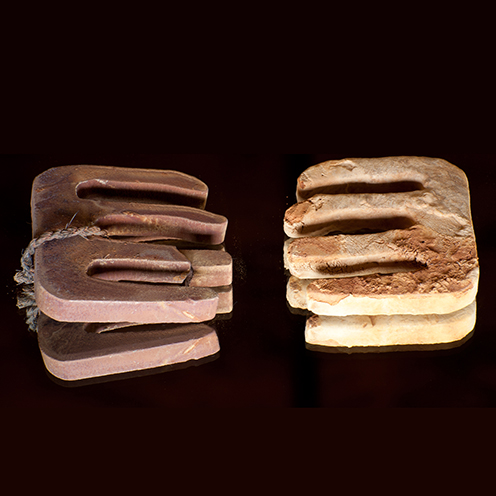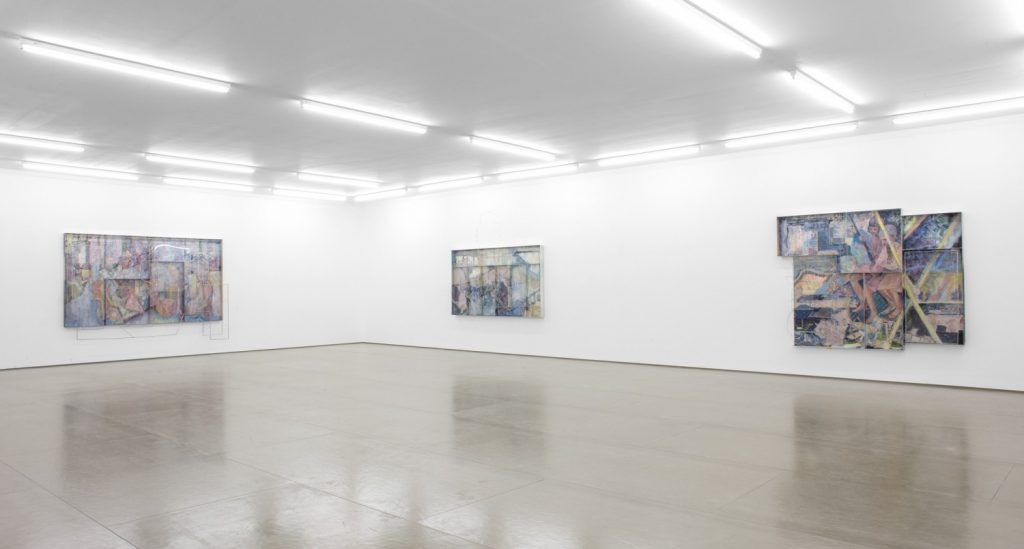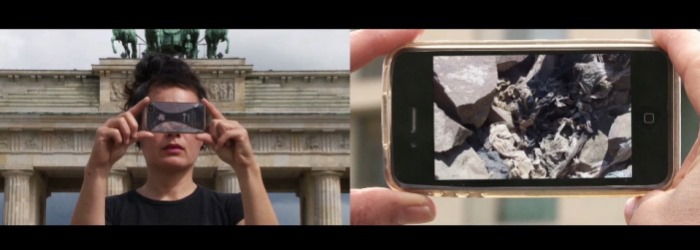Archive for November 2017
New Look does Blade Runner 2049
It’s not just the jacket. There’s Joi and Luv too…
Read MoreBlade Runner 2049 – Propsummit Stirs…
Yes, there are lots of ways to capture the new BR, particularly from a home-wear and footwear p.o.v. Propsummit is the place to be, as ever, on a lazy Sunday morning. Your daily grind and grungy glamour interlinked… Joe K’s boots can be bought here. While the future of bento boxes is now – buy…
Read MoreAleksandra Vajd & Markéta Othová: What Is Life?
Aleksandra Vajd & Markéta Othová: What Is Life? – Street Level Photoworks “This exhibition presents current work by two eminent figures in Central and East European photography, Markéta Othová (1968, Prague) and Aleksandra Vajd (1971, Maribor, Slovenia). Othová is known, above all, for her series of large-format photographs, whose meaning is predominantly derived from the formal…
Read MoreSue Tompkins – Country Grammar
… while over the road it was like stepping back to 2004, to experience Sue’s incredible delivery of heart-jerking banalities. In a good way I mean. And Luke Fowler made a film of it.
Read MoreMartin Boyce – Light Years
Over at the Modern, exhausted 1920s sex workers of standard lamps slumped in 2001…
Read MoreIlana Halperin – Geologic Intimacy
A treat to catch Ilana’s work, especially since the show is officially down, and all the wonderful folk of PFP – thank you Patricia. Geologic Intimacy (Yu No Hana) “We are delighted to present a selection of Halperin’s new project Geologic Intimacy (Yu No Hana) in Glasgow, after being previously shown in Fujiya Gallery Hanayamomo,…
Read MoreSara Barker – The Faces of Older Images
Just caught the last of Sara’s show at the v. New Yorky new Mary Mary space. Thank you Hannah. “This exhibition brings together a group of four wall based relief sculptures, Barker’s most elaborate and monumental in the series of tray ‘trench-works’ she has been producing for a number of years. Blurring the lines between painting, drawing and…
Read MoreGoMA – umpteen things to see last week
The excuse was UoC Institute of the Arts education of the minds of others, the host was a possibly frazzled Will Cooper. Thank you to an exhausted GoMA for a terrifying, hilarious yet ultimately edifying insight into curatorial life. Starting from the top – hit it! Polygraphs is a group exhibition, centred around Abstract by Hito Steyerl, which…
Read More
